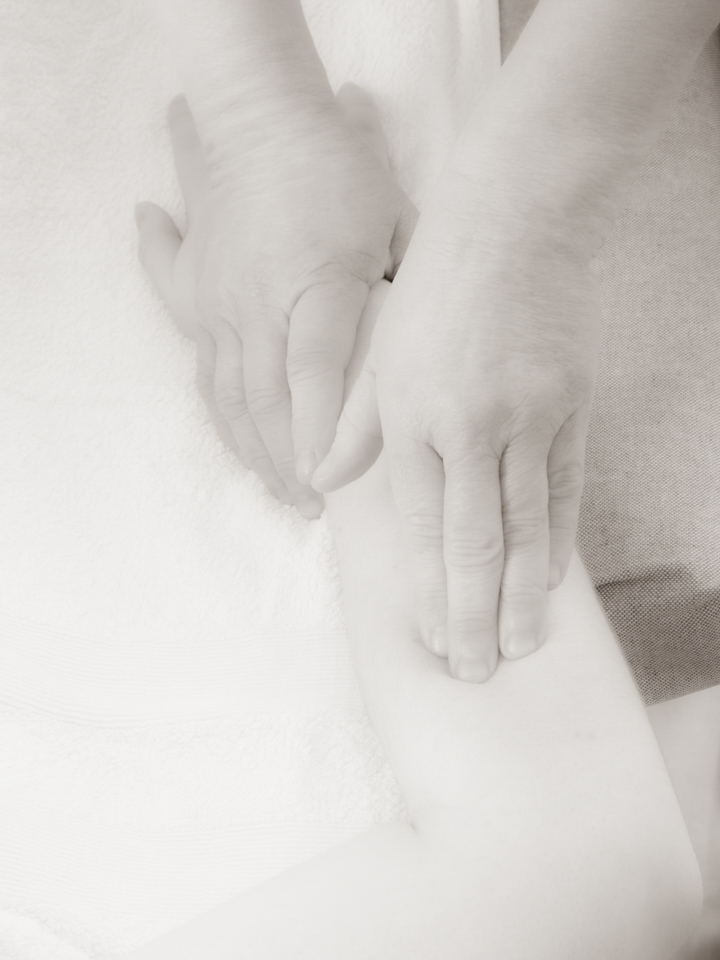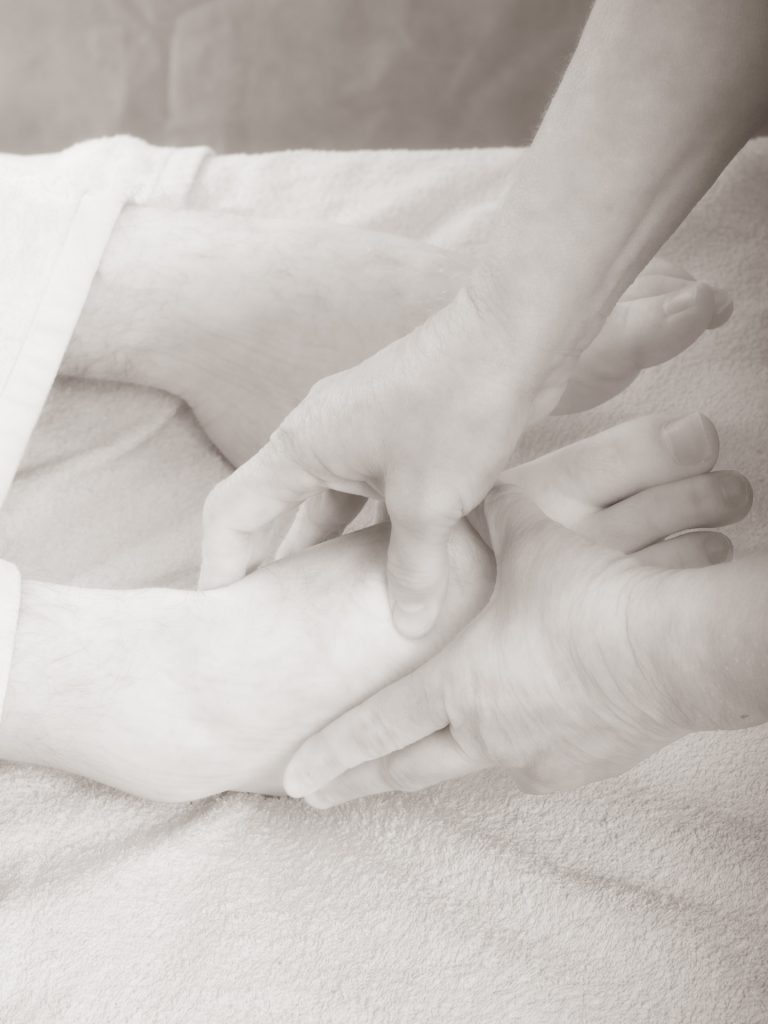
What Is Fascia?
Fascia is the connective tissue in the body, which surrounds every cell, muscle, bone, nerve and blood vessel. It gives you your shape and allows for elasticity. When you press down on your flesh and take your finger off, it bounces back. That is your fascia at work. In its healthy state it is fluid, flexible and allows for movement – think how you felt as a child; bouncy and free.
Why does fascia need to be released?
Fascia is vulnerable to trauma from accidents, immobility, injury, surgery and repetitive movement. Trauma causes fascia to tighten, solidify and develop restrictions. Over time these restrictions can lead to poor posture, altered structural alignment, compromised blood supply and pain. Unfortunately, these fascia changes do not show with scans or x-rays. Your doctor will seldom diagnose pain from fascia as cause, although sometimes you might be told that it is soft tissue related. When you feel that your muscles are tight it is often actually the fascia rather than the mucle fibre that has tightened.
What is Myofascial release?
Fascia release (or myofascial release) is a non-invasive, hands-on soft tissue technique that works on the fascia to release restrictions. As I am releasing the fascia the tissue becomes softer and more pliable. That in turn takes pressure off pain sensitive structures such as nerves and blood vessel and in the end restores alignment and mobility to muscles and joints.
There are several schools of fascia release practice and personally I work with a mixture including myoskeletal techniques. Myoskeletal techniques add a dimension of checking how the bones align and how the soft tissue might be pulling joints out of alignment causing further pain. Some of the techniques require skin to skin contact like massage and others can be done through the clothes.


